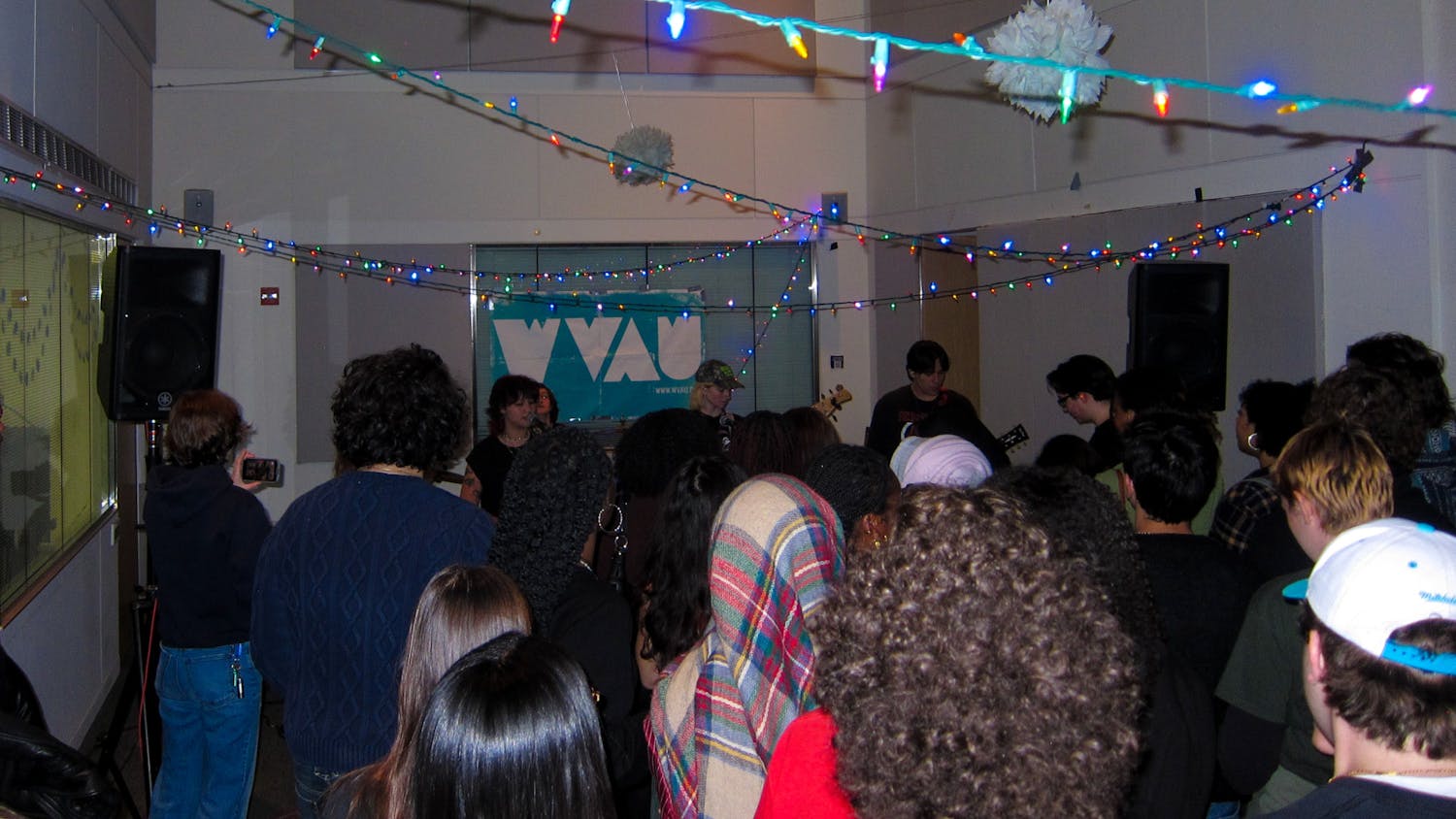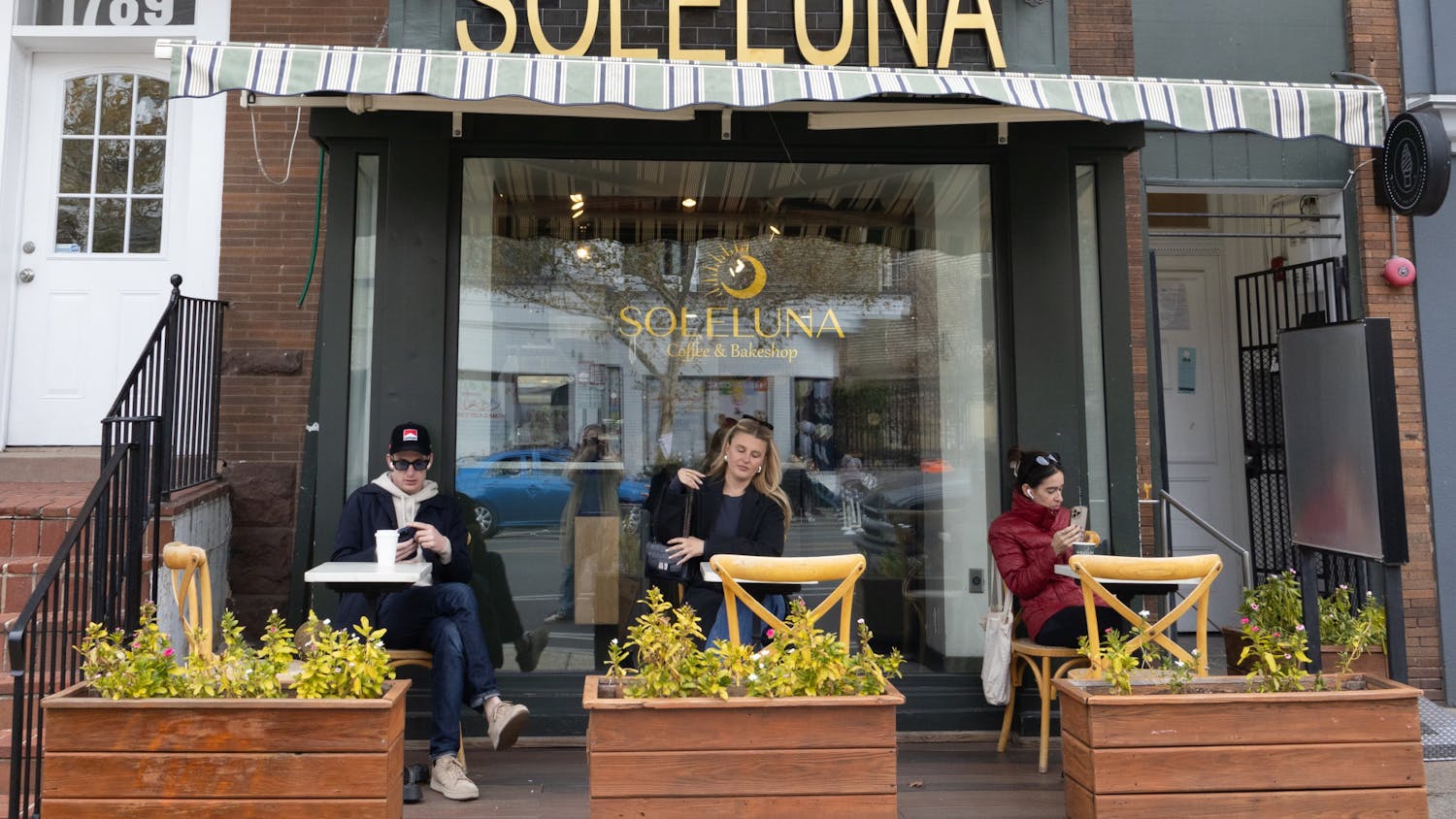In response to the same-sex marriage ban in 11 states, the Gay, Lesbian, Bisexual, Transgender, Ally Resource Center presented "Gay Pioneers," a film portraying the beginnings of the gay rights movement, on Wednesday night.
Following the film, activists Frank Kameny and Lilli Vincenz addressed student questions.
"When I came home after the elections last week, all I could think of is 'what am I going to tell the students?'" said Mindy Michels, AU GLBTA director. "Tonight was about reminding everyone how much we've come along."
"Gay Pioneers" followed the movement of the Mattachine Society in picketing the White House for gay rights. The goals of the Mattachines, which means people who speak the truth, were to make gay people appear normal, employable and "first-class citizens."
The Mattachine Society established a set of rules to enforce this image. Pickets were to wear suits and dresses. Men were to have fresh haircuts and be well-groomed. Facial hair was kept to a minimum, and pickets were not allowed to have exchanges with anyone passing by.
In "Gay Pioneers," activist Marc Stein noted that during the '60s, many pickets were active in many causes, including protesting the Vietnam War and promoting students' and women's rights. Other pickets became increasingly radical and outlandish, according to Stein, while gay-rights pickets remained conservative.
"People began to think we were actors," Kameny said.
Though gay people picketed to make gay issues public, pickets were also afraid of their identities being revealed. Picket Nancy Tucker said she had a fear that a picture of her would be published in the newspaper and a firebomb would be thrown through her home window.
In 1969, the New York police raided a popular gay bar, the Stonewall Inn, on suspicion of retailing illegal alcohol. According to a New York Times article published June 29, 1969, a crowd of 400 people fought with the police over the raid. According to Vincenz, 150 demonstrators came to the march in 1969 as a result of the Stonewall incident.
"People no longer cared if they were accepted or not," Vincenz said. "They dressed in bell bottoms and beads and talked about the old generation being too conservative."
In addition to marching, the Mattachine Society also passed out fliers for gay people who were arrested or drafted. The fliers encouraged gay people to "say nothing, sign nothing, get council and fight back," according to Kameny.
Kameny also encouraged activists to bring up the Constitution when possible.
"Always wrap yourself in the flag whenever you can," Kameny said.




